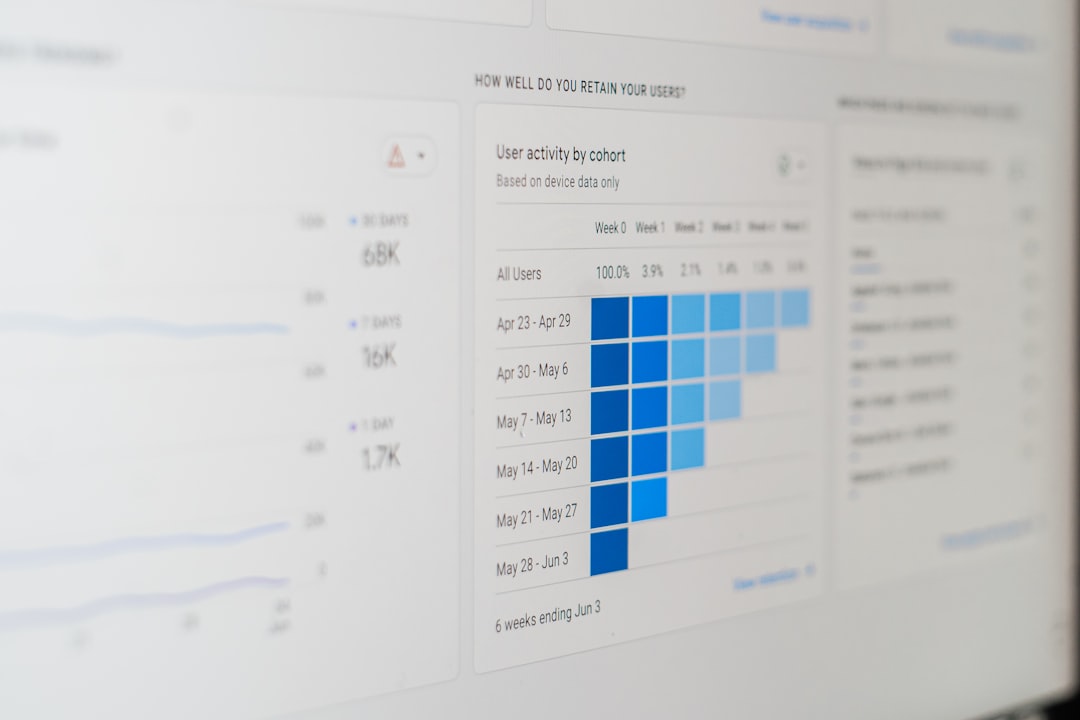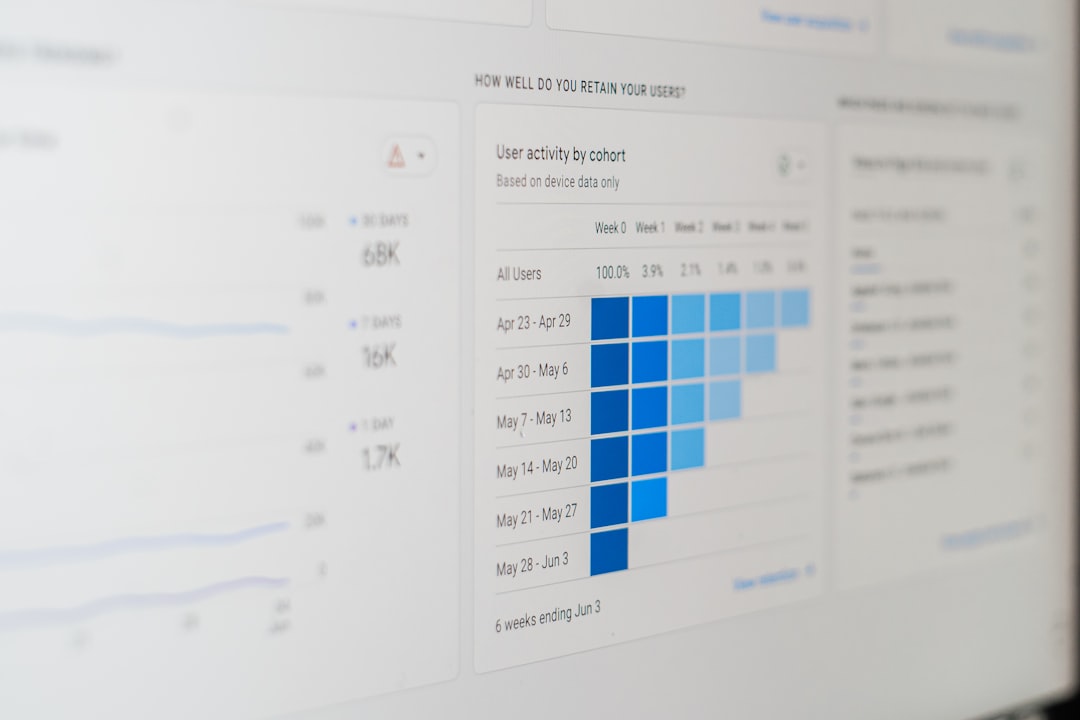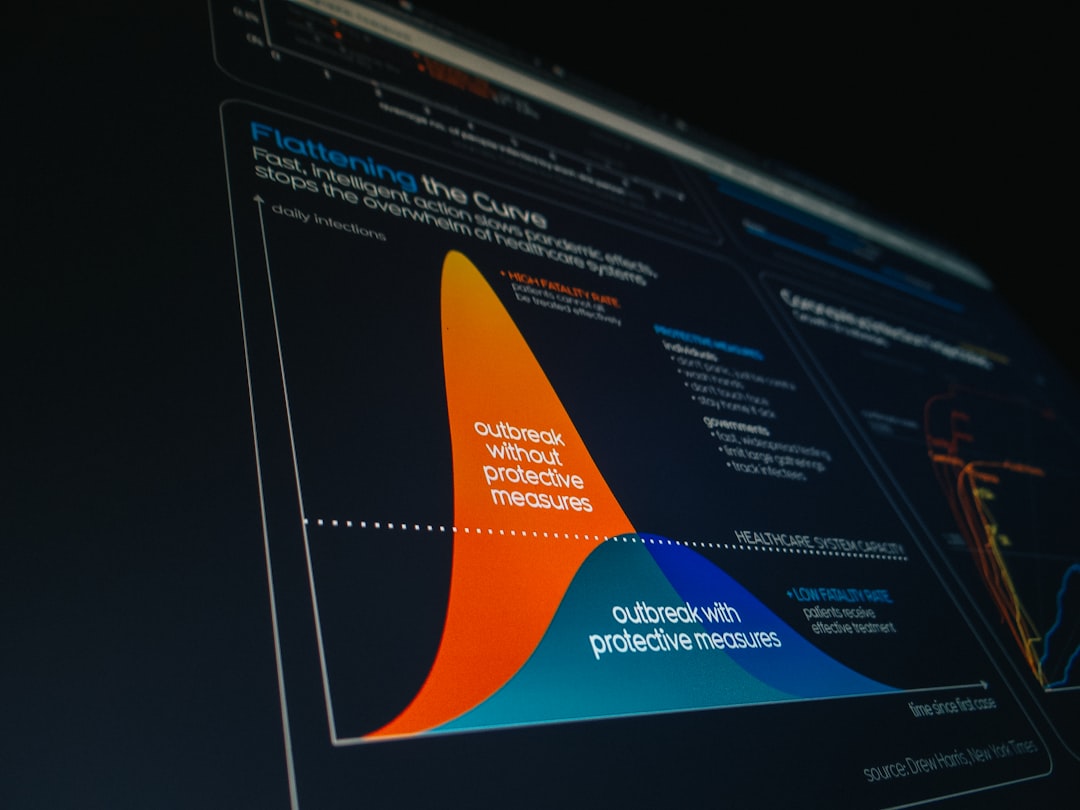Artificial Intelligence (AI) has significantly transformed the way businesses and professionals handle data reporting. In today’s high-paced corporate environment, decision-makers are demanding more rapid and reliable data processing. One solution that has gained serious traction is the use of AI report generators. These tools simplify the process of transforming raw data into structured, insightful reports, saving companies valuable time and resources.
With 2025 just around the corner, next-generation AI report generators are pushing the boundaries even further, integrating advanced machine learning, NLP (natural language processing), and predictive analytics. This in-depth review will examine key features, distinct benefits, and highlight the most reliable AI report generation platforms that professionals should consider in the upcoming year.
Key Features of AI Report Generators
Modern AI-driven reporting tools have evolved to encompass a wide array of features that make report creation not only easier, but also smarter and more data-driven. Some of the core features you’ll find in the leading platforms include the following:
- Natural Language Generation (NLG): AI interprets data and writes reports in clear, human-like language without manual input.
- Automated Data Parsing: Seamless integration with databases, CRMs, and spreadsheets allows the tools to fetch, clean, and organize data automatically.
- Customizable Templates: Many tools offer industry-specific templates that can be customized to suit your brand style or reporting format requirements.
- Collaboration Tools: Multi-user environments with permission settings for reviewing, approving, and editing reports in real-time.
- Scheduled Report Generation: Users can automate recurring reports weekly, monthly, or quarterly based on input data sources.
- Data Visualization: Integration with visual tools to automatically generate charts, graphs, and dashboards within the reports.

Benefits of Using AI Report Generators
The case for adopting AI tools, especially in analytical and managerial workflows, is stronger than ever. AI report generators solve multiple business challenges by offering benefits that are simply unattainable through manual reporting. These include:
- Efficiency: What used to take hours of manual data cleanup and formatting can now be completed in minutes with a report generator.
- Accuracy: Removing the human factor in complex calculations and analyses decreases errors significantly.
- Consistency: Standardizing reports across departments helps deliver a unified narrative and ensures reliability in insights.
- Scalability: High-volume reporting across thousands of data points is achievable without the need to scale teams proportionally.
- Accessibility: Reports can be exported in formats compatible with PDF, Excel, Word, and even shared as interactive web links.
- Predictive Insights: More sophisticated tools now include model-based analytics to suggest trends, anomalies, and actionable next steps.
For organizations that rely heavily on quarterly business reviews, compliance documentation, or customer insights, AI-generated reports provide a strong return on investment by cutting costs and improving time-to-decision.
Top AI Report Generator Tools for 2025
The upcoming wave of innovation in 2025 shows a host of platforms either refining their capabilities or entering the market altogether. Based on performance, flexibility, and enterprise-grade reliability, here are some of the top AI report generators you should consider:
1. Narrative BI
Narrative BI focuses on turning Google Analytics and CRM data into coherent, insight-rich business summaries. Its key strength lies in short, digestible, and highly accurate summaries aimed at marketing and strategy teams.
- Best For: Marketing teams, eCommerce analytics, growth reports
- Standout Feature: Real-time alerts and anomaly detection
- Pricing: Starts with a free tier, premium plans from $39/month
2. GPT Reports Pro
Built on OpenAI’s GPT-4 architecture, GPT Reports Pro allows users to create human-sounding reports from structured data sources like Excel sheets and databases. It offers an intuitive interface and supports multiple formats for export.
- Best For: Internal business reporting, department overviews, performance summaries
- Standout Feature: Voice-based input and multilingual support
- Pricing: Enterprise-level plans from $59/month
3. Zoho Analytics
A robust business intelligence platform that integrates machine learning for reporting. Zoho’s AI assistant “Zia” not only builds reports but also answers complex natural language queries about your data.
- Best For: Full-scale business intelligence and deep-dive reports
- Standout Feature: Integration with over 500 data sources, including AI-powered forecasting
- Pricing: Starts at $30/month per user

4. Tableau Pulse (with Einstein GPT)
With Salesforce’s integration of AI through Einstein GPT into its existing Tableau platform, users can now create not only visually rich dashboards, but also receive AI-generated textual explanations. It’s perfect for C-suite level reporting when visuals need detailed narration.
- Best For: Executive reporting, finance, and analytics visualization
- Standout Feature: Context-aware narrative generation embedded within visuals
- Pricing: Part of Salesforce licensing, variable pricing
5. Jasper Reports AI
Previously known for its AI writing capabilities, Jasper has launched a reporting-focused product that specializes in sales and marketing performance insights. It incorporates branding elements and structured formatting for report presentation in client settings.
- Best For: Content marketers, agencies, digital operations teams
- Standout Feature: Branded templates and plug-and-play integrations
- Pricing: From $49/month
Challenges and Considerations
Despite the clear advantages of AI report generators, there are a few challenges that users should be aware of when considering adoption.
- Data Security: Sensitive company information must be safeguarded. Choose platforms that are GDRP and SOC-2 compliant.
- Quality Control: AI may misinterpret low-quality or incomplete data. Human oversight remains crucial, especially in regulated industries.
- User Training: Teams must be briefed on how to interpret AI-generated content and configure reports for accuracy.
The most successful deployments of AI report generation come when the tool complements human analysis, rather than replacing it. Leveraging AI in tandem with domain expertise ensures data narratives remain both insightful and actionable.
What to Expect in 2025 and Beyond
The future of AI report generators is moving toward even more intuitive interaction—visual and voice prompts, conversational dashboards, and embeddings that link directly into productivity platforms like Slack or Asana. Some platforms are working on predictive scenario modeling so that reports not only reflect past performance, but also simulate potential business outcomes. Additionally, cloud-native AI environments will improve model training and allow custom reporting engines for niche industries such as healthcare, energy, and education.

In conclusion, AI report generators are no longer optional—they are essential for any organization that values timely insights, scalable infrastructure, and strategic reporting capabilities. With tools becoming smarter and more accessible, 2025 promises to be the year when AI-led reporting becomes a standard rather than a novelty. Organizations that adopt early and strategically will gain a decisive edge in their industries.









